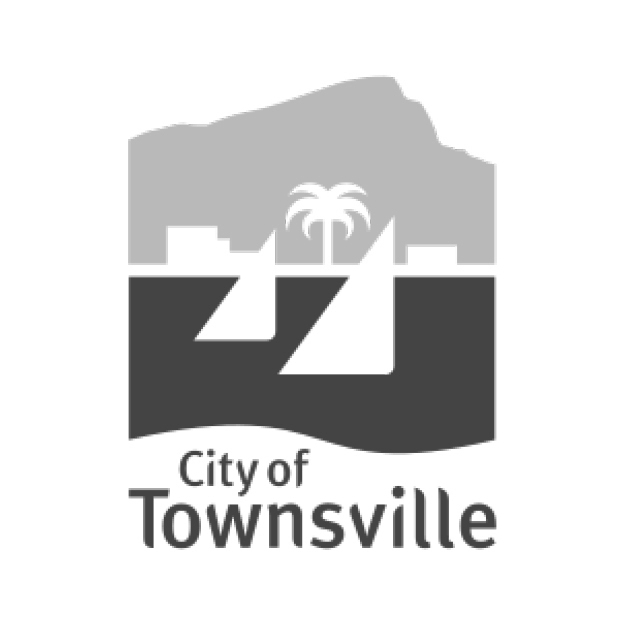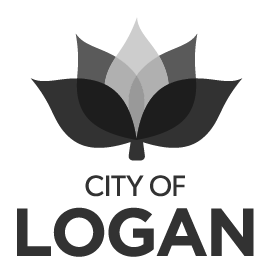cassandra fenaughty
Equitable access is about creating environments that are usable and accessible for everyone, regardless of ability. In Australia, this extends beyond merely meeting minimum legal standards, addressing broader social responsibilities that ensure all people, from young children to those with mobility aids, can safely and comfortably navigate public spaces.
Under the Disability Discrimination Act 1992 (DDA), it’s mandatory for infrastructure to accommodate people with disabilities. The DDA provides guidance on creating inclusive spaces but lacks specific detail on path dimensions and surface materials. Australian Standards, particularly AS 1428, fill this gap by specifying requirements for width, gradient, and surfaces of accessible paths. For instance, paths should typically be at least 1.5 metres wide to allow two people, including wheelchair users, to pass comfortably. Surfaces must be stable, slip-resistant, and even to accommodate those with limited mobility and vision impairments.
Our team at CPR Group has been working on walking network plans that focus on equitable access through robust community engagement, including surveys and face-to-face interactions. Through this work, we’ve seen that compliance with the standards is a foundational step, but truly equitable access requires social consideration beyond the legislation.
One example is something as simple as sharing pathways. During community surveys, participants often mention the importance of moving to one side to allow others to pass. This is particularly significant on paths that, for practical reasons, may not meet the 1.5 metre width standard. Being mindful of others and sharing the path respectfully is part of a community’s social responsibility to maintain accessibility for everyone.
Similarly, the placement of cars and trailers can either facilitate or hinder equitable access. Parking across paths, even momentarily, blocks the way for those with strollers, bicycles, or mobility aids, forcing them to navigate off-path surfaces that may not be as stable or accessible. Just as we wouldn’t block a road, blocking a pathway shows disregard for others’ ability to move freely and safely.
Pet owners, too, have a role to play. Keeping dogs on leads and within designated areas respects the space of others on pathways. For some individuals, particularly children, people with allergies, or those with limited mobility, encountering an uncontrolled dog can be an uncomfortable or even dangerous experience. By keeping pets contained, we contribute to an inclusive and safe environment for all.
Local councils also have essential responsibilities in upholding equitable access. Maintaining paths in good condition—free from debris, litter and hazards—ensures these routes are safe and usable. Through regular inspections and timely repairs, councils can prevent hazards that could impede people with mobility aids, vision impairments, or young families. Additionally, councils should consider signage and markings to promote mindful use of shared paths, supporting a culture of accessibility for all.
Equitable access is not just about legislation and standards, it’s a commitment to fostering inclusive spaces where every person feels empowered to move freely. While laws like the DDA and Australian Standards provide essential frameworks, individual actions—like sharing paths, parking considerately and keeping pets controlled—play a pivotal role in making spaces accessible. Through our community work at CPR Group, we’re seeing that genuine accessibility combines physical, legal and social dimensions, encouraging communities to take shared responsibility for creating accessible, inclusive public spaces.




























